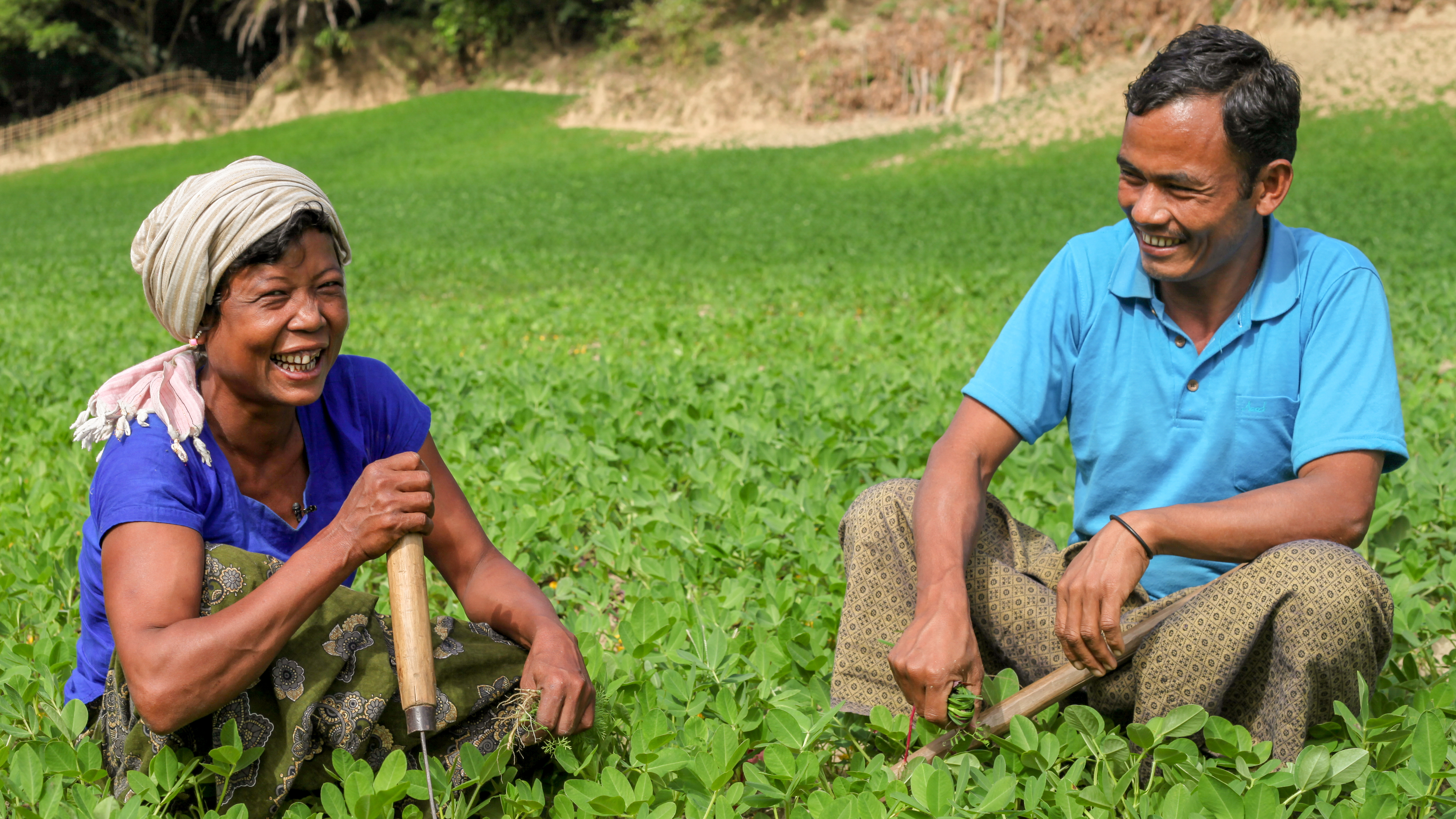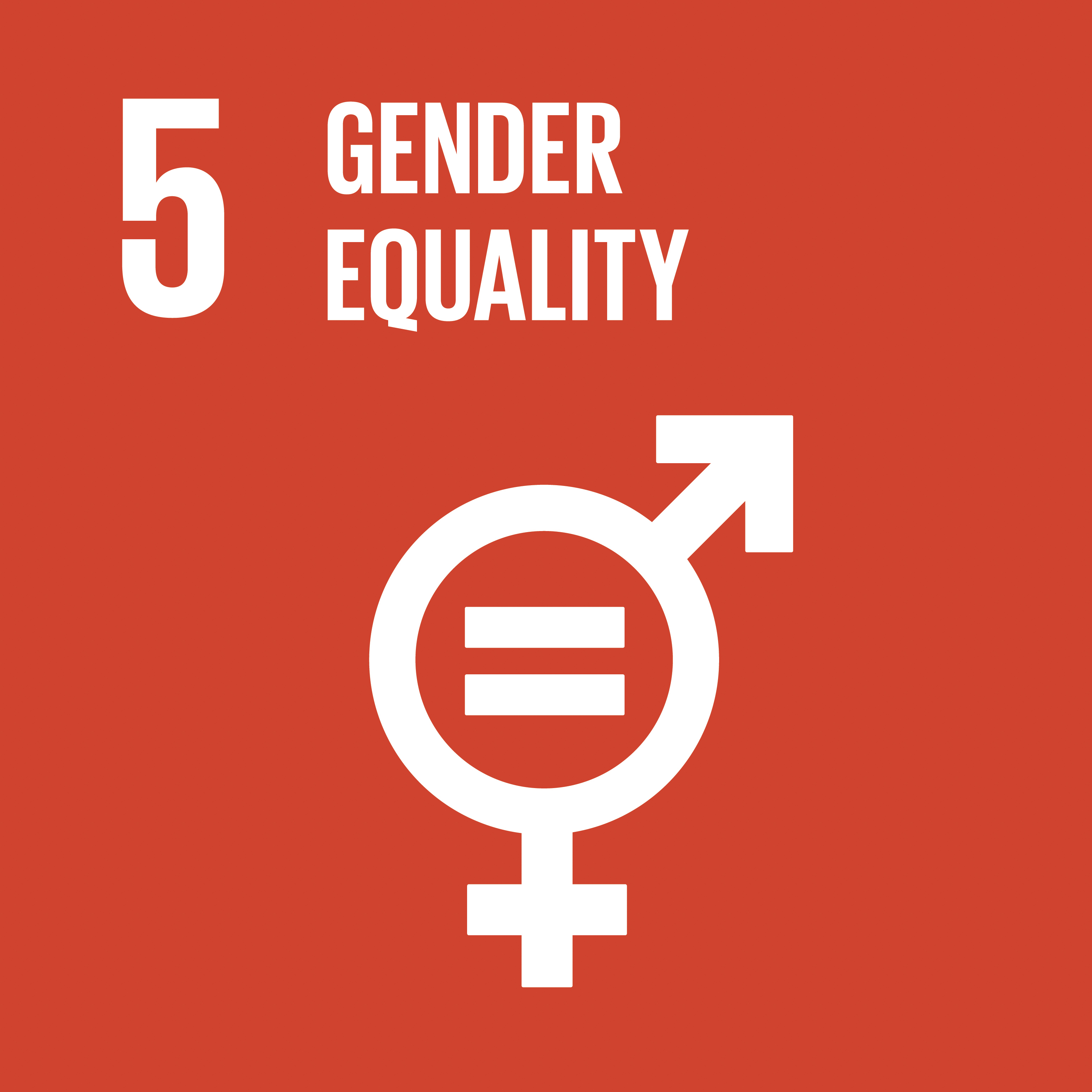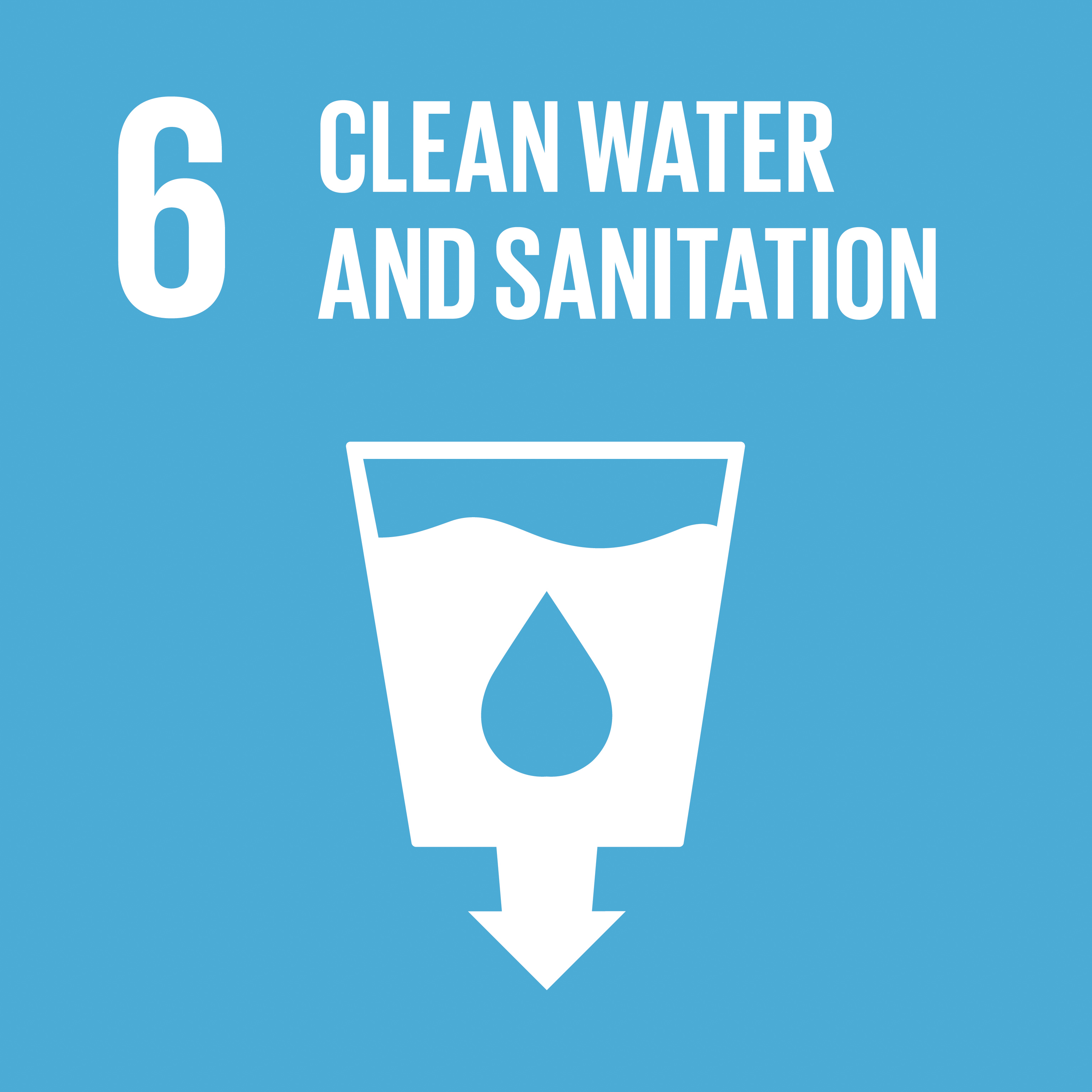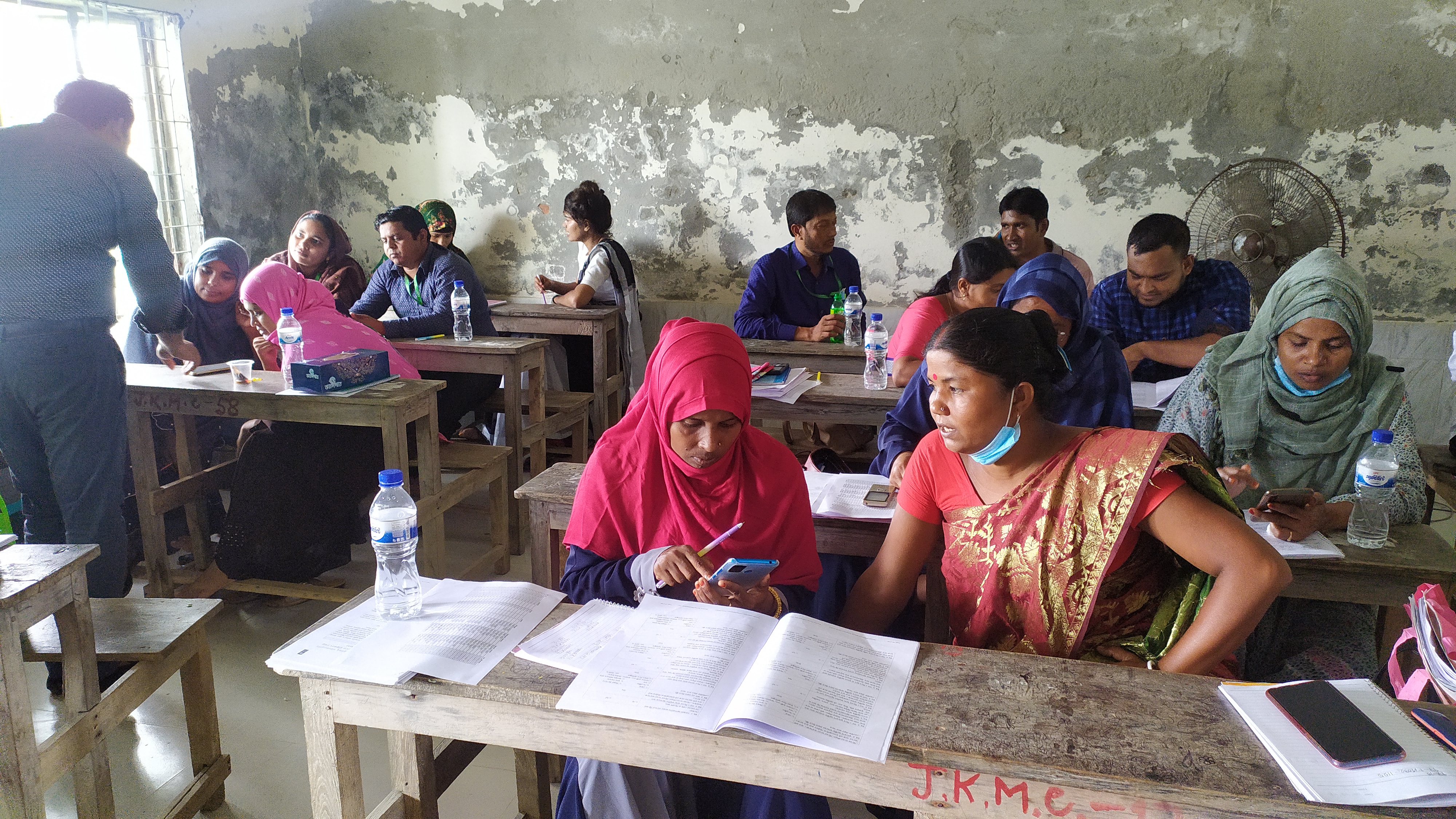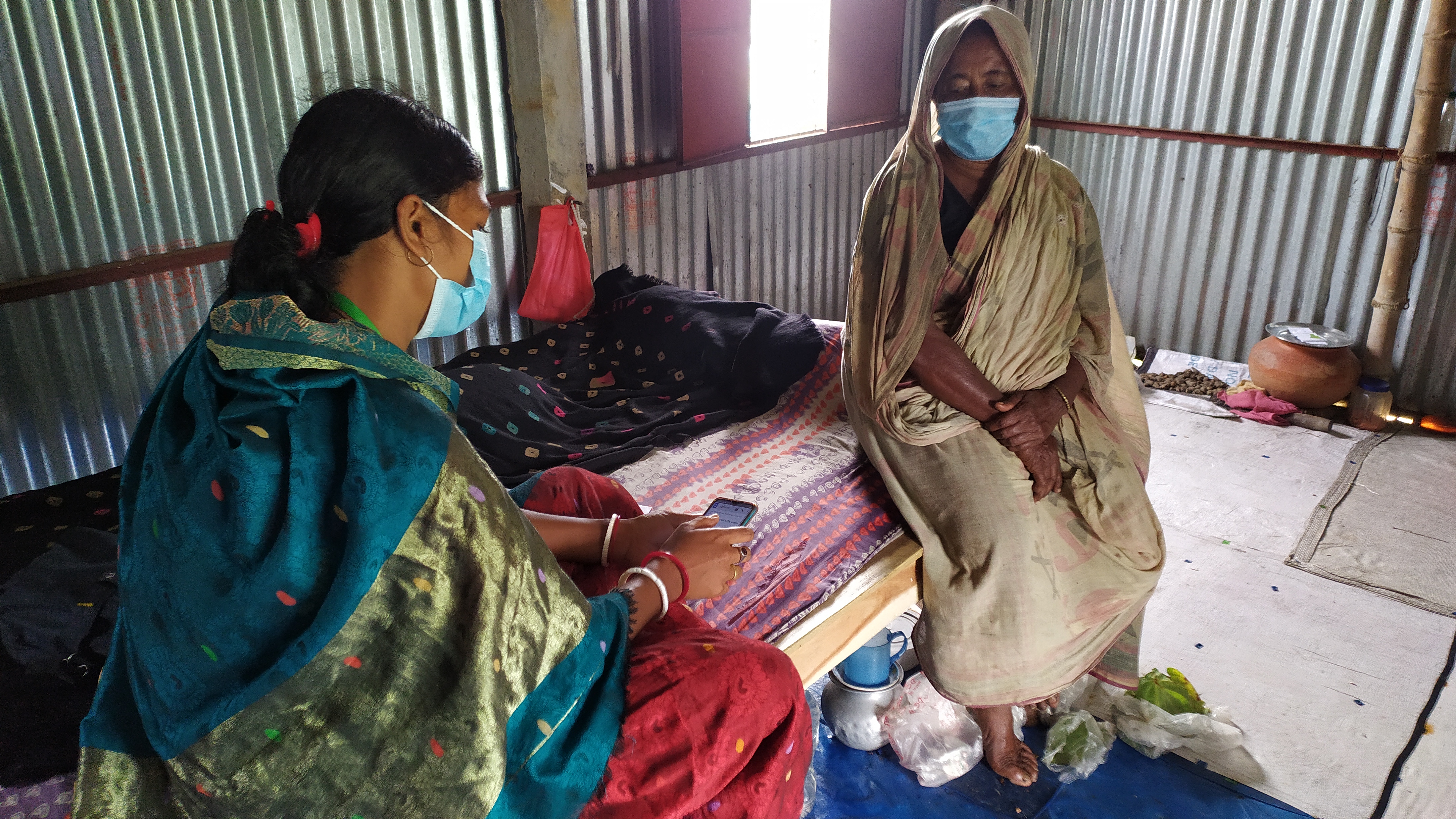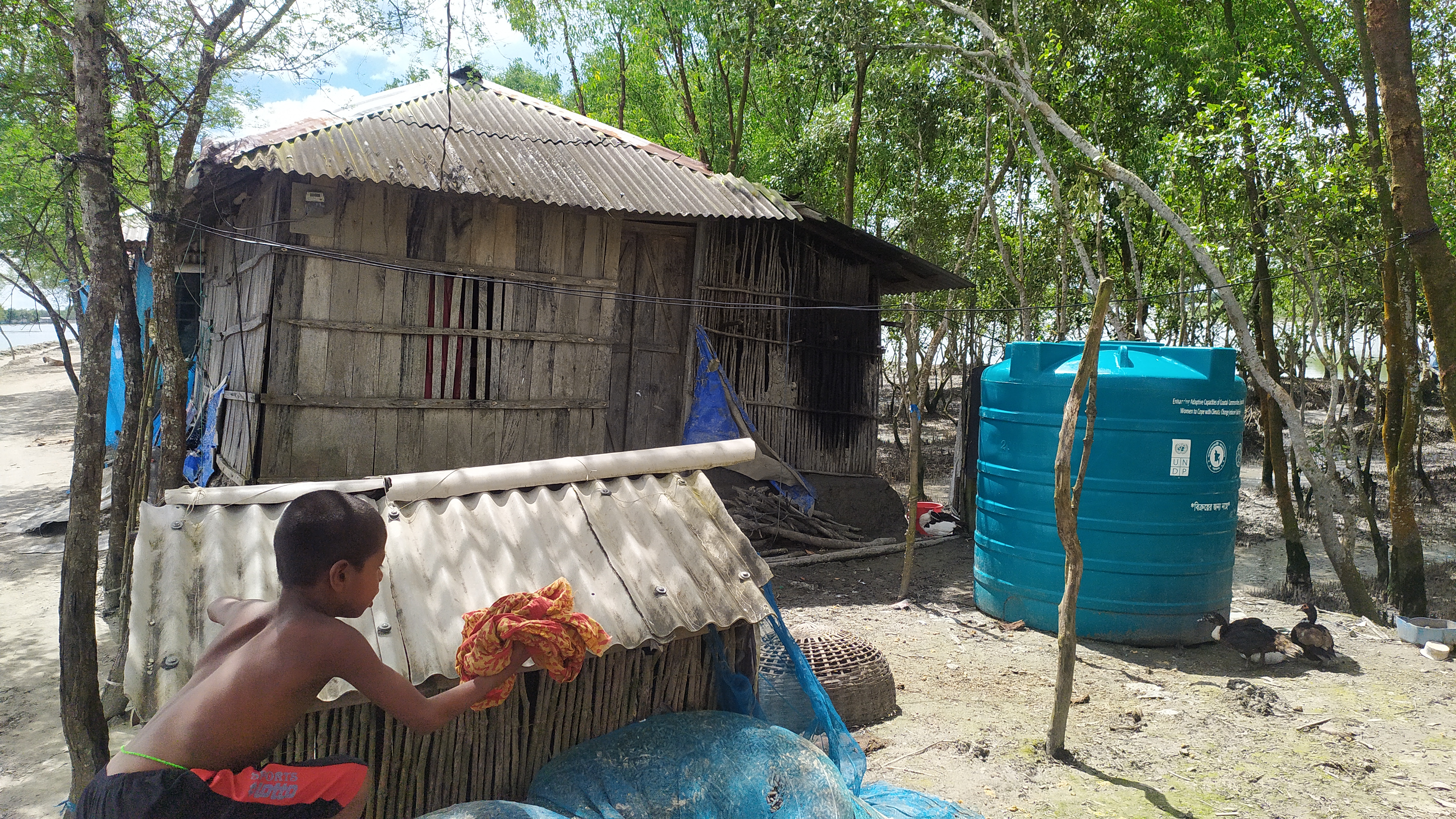Bangladesh: Empowering women with climate-resilient livelihoods
Published on 11 May 2023
Overview
The coastal districts of Southern Bangladesh frequently experience severe drinking water scarcity due to salinity. Households – specially women-headed - can highly benefit from access to drinking water solutions and knowledge on how to engage and adopt alternative livelihood options.
Drinking water solutions and livelihood diversification to minimize climate risk
About 80% of illnesses in developing countries are attributed to unsafe drinking water and waterborne diseases. In Southwestern Bangladesh, lack of safe drinking water severely affects women as they are mainly responsible for fetching water. Studies from other developing countries show that the construction of rainwater harvesting systems allowed women to employ their time on different income-generating activities (e.g. kitchen gardening and livestock rearing) and other social activities (e.g. studying, trainings or accounting). Likewise, the empirical literature also suggests that diversification of farmers’ income sources might be an effective strategy to cope with the increasing salinity and the degradation of soil quality and risks of fish cultivation¹. However, knowledge gaps still exist on the synergies and complementarities of both interventions and the extent of which they can fully support women empowerment in the context of Bangladesh.
Empowering women in coastal communities of Bangladesh
Funded by the GCF and supported by UNDP, the project “Enhancing adaptive capacities of coastal communities, especially women, to cope with climate change induced salinity” has been implemented by the Ministry of Women and Children Affairs, and the Department of Public Health Engineering of Bangladesh since 2019 and will be finalized in 2024. The target population is mainly female-headed households from two districts - Khulna and Satkhira - living in coastal areas. The project’s activities operate along two main components - livelihoods and the drinking water solutions. For the former, alternative livelihood strategies - such as crab fattening, crab nursery, crab and fish feed processing, homestead gardening, aqua-geoponics, hydroponics, sesame cultivation, and plant nursery - are provided to women groups. For the latter, the construction of rainwater harvesting systems is expected to ensure water supply during dry seasons. Also, by creating closer access to clean drinking water, women - who are solely responsible for water fetching – can better use their time on the trainings and capacity building activities on how to adopt the alternative livelihoods options promoted by the project. The long-term outcomes and impacts of the project can contribute to achieving country’s targets under several Sustainable Development Goals (SDGs), such as 1 - ‘No Poverty’, 2- ‘Zero Hunger’, 5- ‘Gender Equality’, 6 - ‘Clean Water and Sanitation’ and 13 - ‘Climate Action’.
theory of change for the impact evaluation: How project’s inputs and activities are expected to generate impact
What the data tells us
In 2021 and 2022, two rounds of data collection gathered information from 3,120 households (2,000 beneficiaries and 1,120 non-beneficiaries) across 39 union parishads and 5 upazilas. On-the-ground evidence reveals a 14,000 BDT (250 USD) increase in average total household income, equivalent to a one-month average salary in Bangladesh. Food security, measured by the Food Consumption Score, rose by 8%, likely due to increased welfare.
Beneficiaries also demonstrated a 4% higher perception of household preparedness for extreme weather events, although baseline measures were already relatively high (around 90%). However, there is also no statistically significant difference in time allocated to fetching water or household chores between experimental groups. It suggests a reallocation of time across income-generating activities, as both groups spend similar amounts of time on IGAs in general. Notably, only those in the treatment group allocate a substantial amount of time to adaptive livelihoods.
Concerning women’s empowerment, there was an 8.3 percentage point increase in beneficiary women engaging in income-generating activities. However, this did not coincide with a concurrent rise in decision-making power over household spending, suggesting the challenge of changing deeply ingrained attitudes such as gender roles in the short term.
Note: The designations employed and the presentation of material on this map do not imply the expression of any opinion whatsoever on the part of the Secretariat of the United Nations or UNDP concerning the legal status of any country, territory, city or area or its authorities, or concerning the delimitation of its frontiers or boundaries.
| Beneficiary (SE) | Non-beneficiary (SE) | Beneficiary - Non-beneficiary | |
|---|---|---|---|
| Respondent is aware of WLG (y/n) | 0.136 | 0.055 | 0.081** |
| (0.033) | (0.023) | ||
| Respondent's awareness of project-promoted alternative LHs (y/n) | 0.445 | 0.375 | 0.070 |
| (0.067) | (0.076) | ||
| HH currently practices climate-adaptive LH (y/n) | 0.811 | 0.799 | 0.012 |
| (0.028) | (0.059) | ||
| Time HH members spend fetching water per week (in minutes) | 338.651 | 304.391 | 34.260 |
| (26.306) | (34.707) | ||
| At least one HH member was affected by the water-borne disease in last the 12 months (y/n) | 0.648 | 0.584 | 0.064 |
| (0.046) | (0.056) | ||
| Total household income last 12 months (Taka) | 115,523.574 | 103,134.387 | 12,389.186** |
| (5,981.934) | (8,822.767) | ||
| Share of HH income from agricultural wage employment in the last 12 months | 0.147 | 0.148 | 0.001 |
| (0.016) | (0.017) | ||
| Share of HH income from non-agricultural wage employment in the last 12 months | 0.239 | 0.214 | 0.025 |
| (0.023) | (0.024) | ||
| Number of different income-generating activities women engaged in the last 12 months | 1.834 | 1.955 | -0.121 |
| (0.052) | (0.106) | ||
| Share of IGA respondent engages in alone/with other female HH member [0-1] | 0.640 | 0.559 | 0.081** |
| (0.042) | (0.052) | ||
| Decision-making involvement index [1-5] | 3.354 | 3.487 | -0.133 |
| (0.103) | (0.145) | ||
| Food secure (y/n) | 0.270 | 0.259 | 0.012 |
| (0.053) | (0.068) | ||
| Household food expenditure last week (Taka) | 1,205.526 | 1,081.604 | 123.922*** |
| (28.328) | (38.031) | ||
| HH members have access to safe shelter in case of natural disaster (y/n) | 0.809 | 0.905 | -0.095** |
| (0.036) | (0.029) | ||
| HH members understand early warning signals shared in case of disaster (y/n) | 0.979 | 0.992 | -0.013** |
| (0.006) | (0.003) |
Note: *p<0.05, **p<0.01, ***p<0.001
Contributing to the global knowledge
Providing climate-resilient livelihoods is an effective measure to enhance women's economic conditions in Bangladesh. The evidence suggests that it can also have a ripple effect, leading to increased household expenditures and improved food security. Engaging in various agricultural activities also proves to be impactful in supporting women amidst climate change. However, no change has been observed in key empowerment-related outcomes, suggesting nuanced challenges in reshaping gender roles and decision-making in the short term.
Recognizing limitations, such as the focus on short-term impacts and the absence of community-level qualitative data, the impact evaluation provides crucial insights to guide future UNDP projects. The evidence-based knowledge it delivers is vital for directing climate resilience efforts for women in Bangladesh.
References
[1] Uddin et al., 2014; Bobojonov et al., Aggarwal et al., 2004
Related projects
Project Overview
Steps to assess impact
- Inception (plan, design and team set up)
- Develop & pilot a survey instrument
- Conduct a baseline survey & analysis
- Programme/Project implementation
- Conduct follow-up survey & analysis
- Estimation of impact / final report writing
- Dissemination of findings/evidence
Status
Finalized
Start Date
2019
End Date
2024
survey firm
Practical Action Consulting
Technical partners
UNDP
Independent Evaluation Unit/GCF
How to assess the project’s impact?
The Impact Evaluation (IE) design followed a clustered phase-in randomized controlled trial (RCT), where project Union Parishes (UPs) served as the clusters, and all eligible households living in these Ups eventually received the planned livelihood program activities.
The intervention was executed in two phases: Phase 1 involved activities in the first group of 25 UPs, with Phase 2 extending these activities to the second group of 14 UPs. A total of 39 project-eligible UPs were identified. The roll-out of livelihood activities commenced in February 2022 in Phase 1 UPs and in November 2022 in Phase 2 UPs. With the staggered implementation, beneficiaries in the UPs of Group 2 constituted the control group for the impact evaluation.
The clustered phase-in design is experimental, as the groups were randomly assigned to each phase (see figure below). Baseline data collection, conducted in 2021, involved 3,120 households (2,000 treatment and 1,120 control). Endline data collection was completed in early 2023, with a total of 3,120 households (2,000 treatment and 1,320 control) interviewed.
